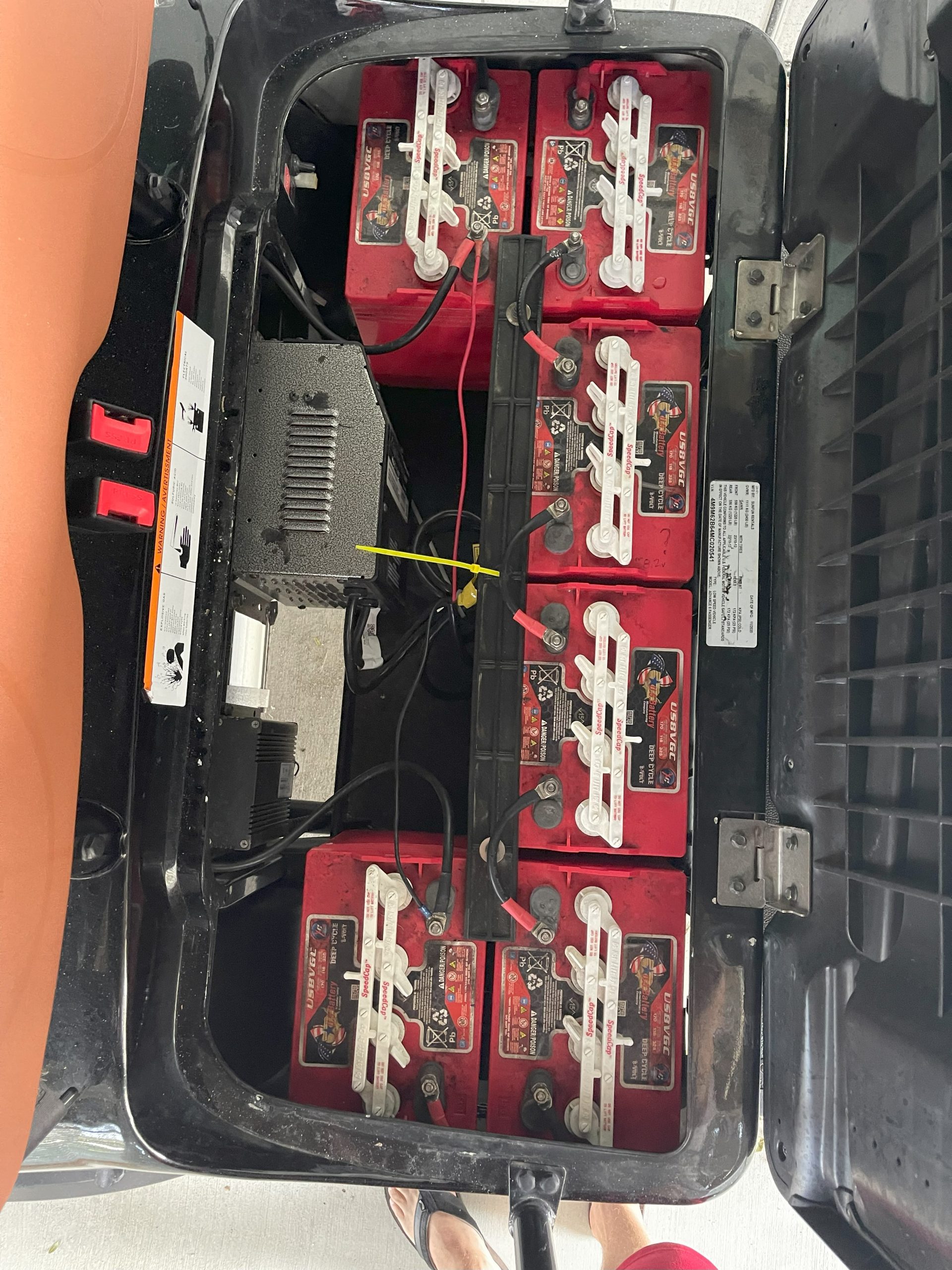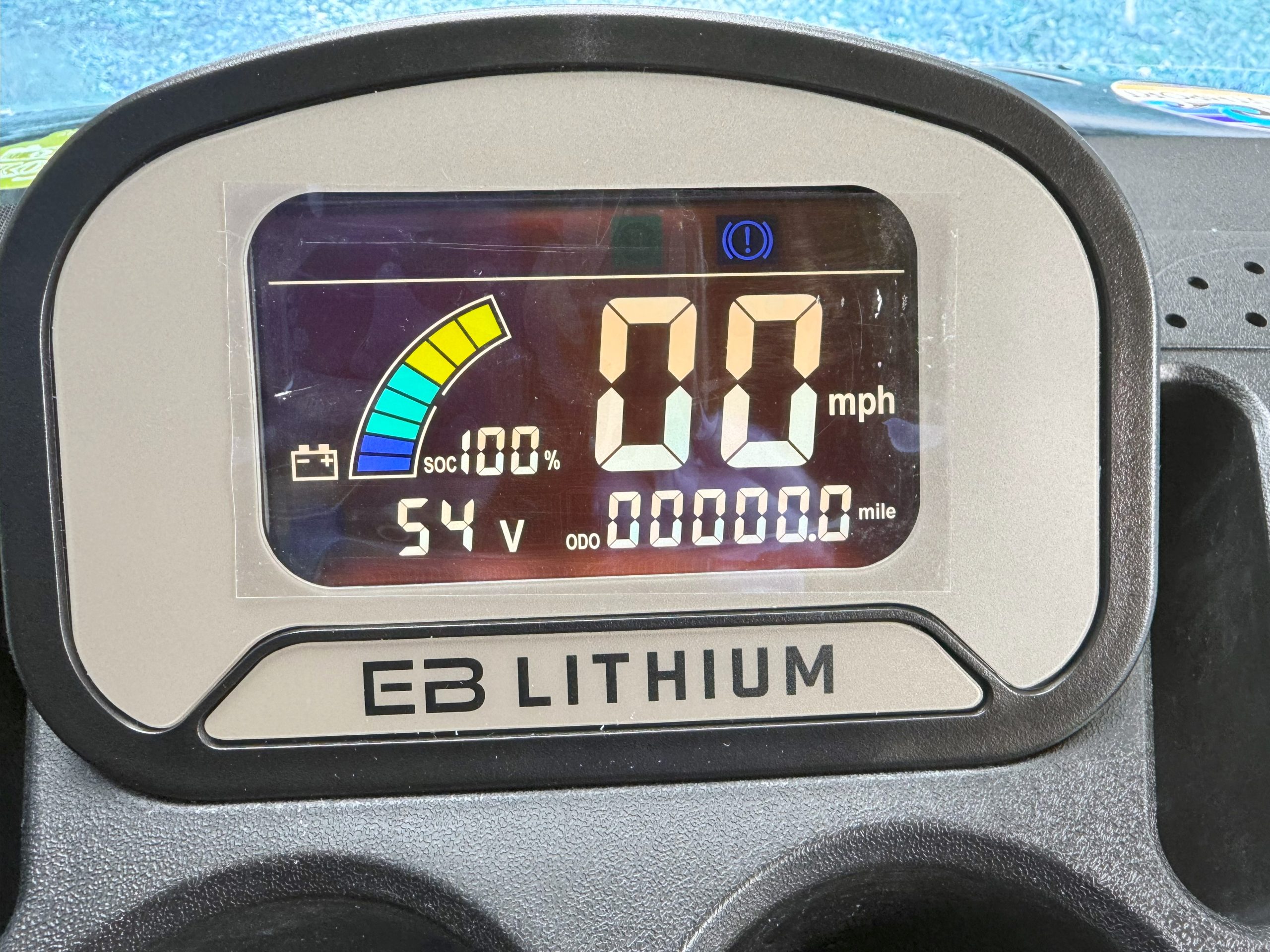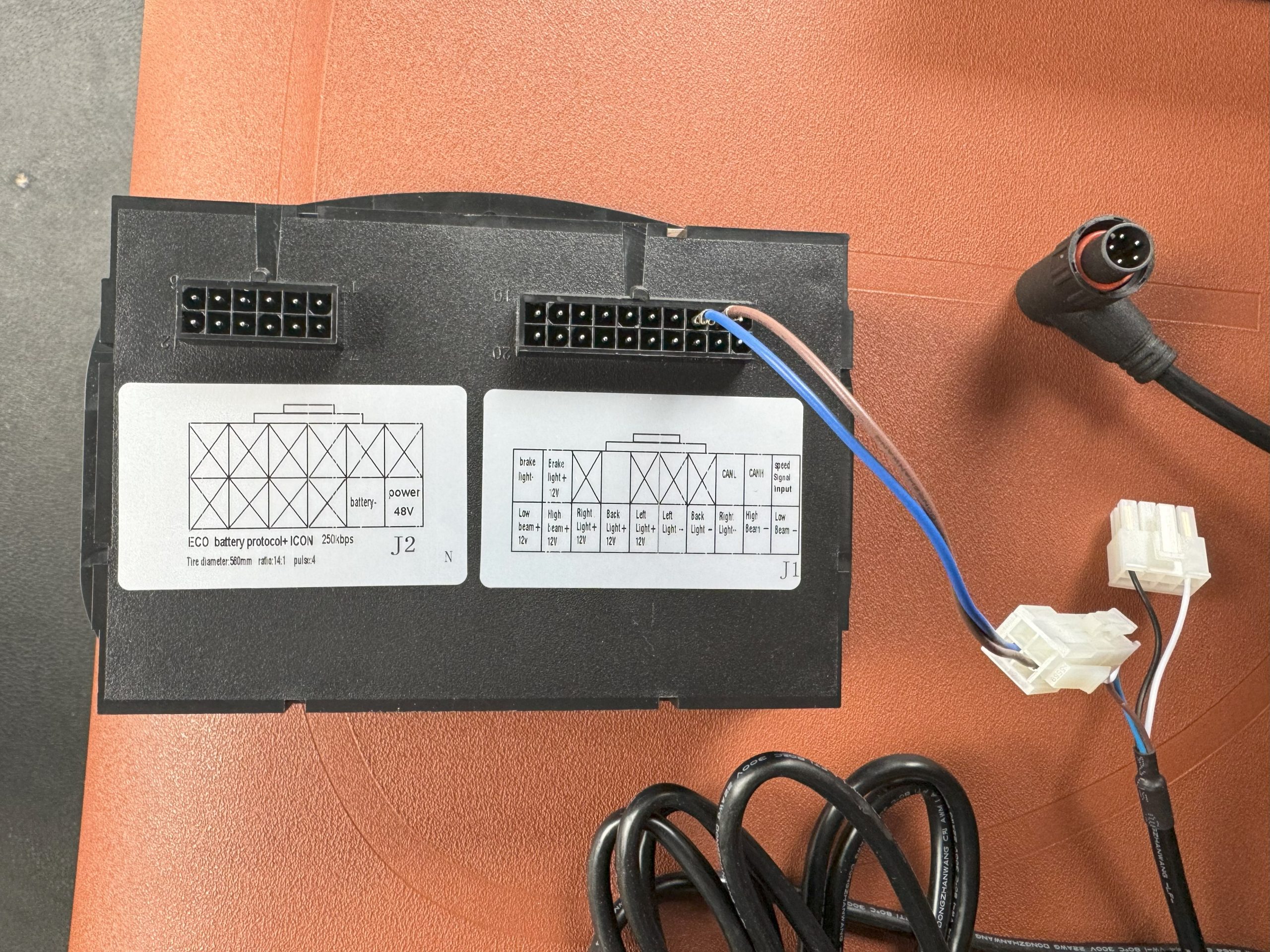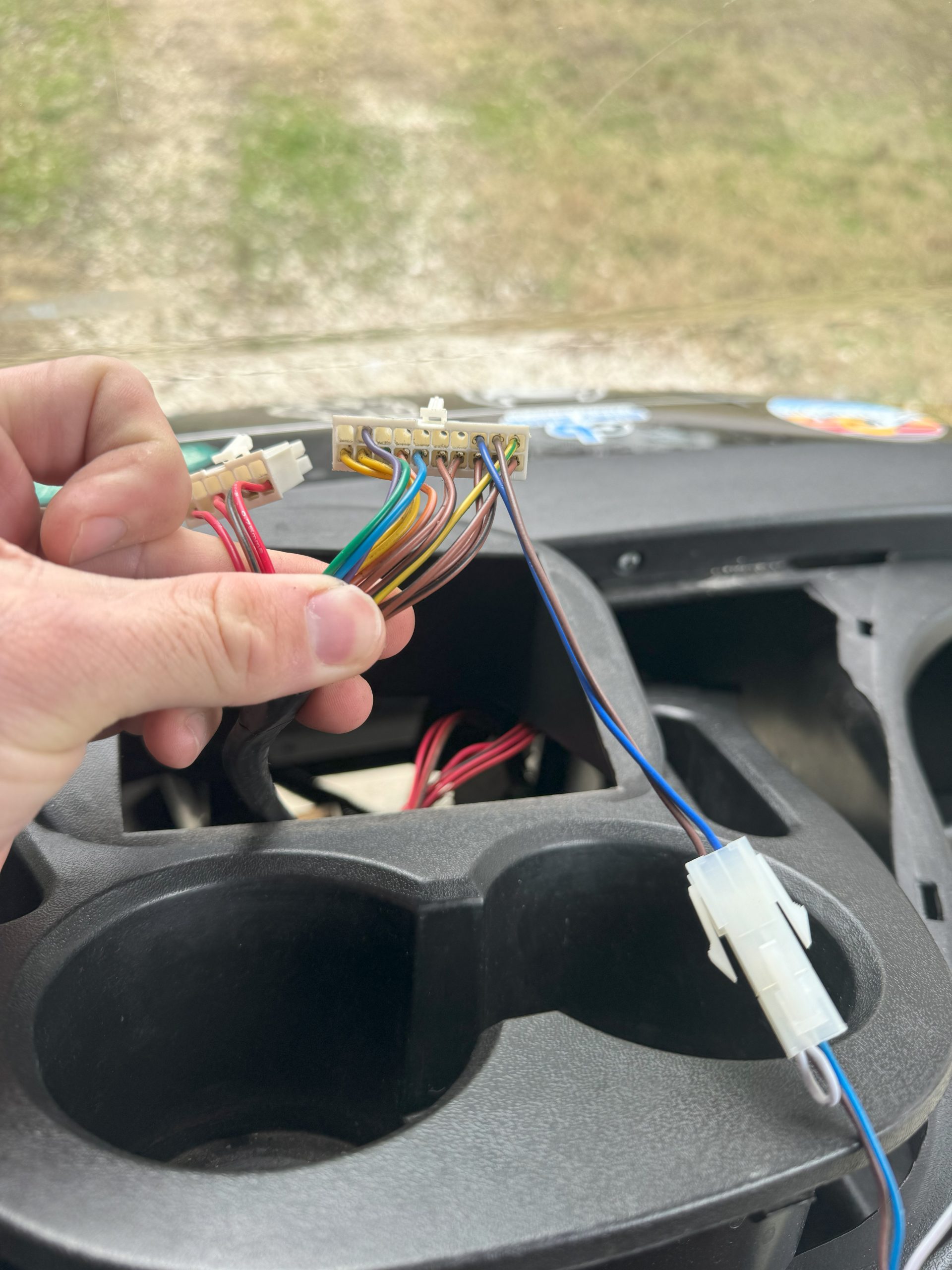Living at the beach has it’s perks – not the least of which is being able to get around on an LSV. We bought an Advanced EV1 6L in December 2021 and couldn’t be happier. We had searched several dealers in the area, but chose the AEV1 given the value and the dealer reputation (shout out to Sun Fun Golf Carts in Carolina Beach). We put over 4000 miles on the cart in the first 2 years on the original lead acid batteries before they started having trouble holding a charge. Since we needed to replace the batteries anyway, I looked into what it would take to upgrade to lithium in October 2022.
Part 1 – Battery Upgrade
I spent quite a while researching various lithium batteries, talked with my neighbor who had an AEV2 with the RoyPow lithium upgrade, and chatted on FB and forums with others who had upgraded. I decided on EcoBattery due to reputation, warranty, and the max continuous discharge. While it’s pretty flat here, we frequently have a full cart and some quick math told me 100A draw wouldn’t be unusual so felt it best to choose something sufficient to handle the load. We got about 14mi of charge (@25mph) from our 170ah lead acid battery bank, so were hoping to increase that slightly and settled on the 144ah bundle (2x 72ah 48V LifePO4) from Elite Custom Golf Carts.
The bundle included:
- 2x 51V 72ah LifePO4 lithium batteries
- 51V Lithium Charger
- Chargeport
- 12V DC converter
- 5-pin digital battery cable
- CAN LCD SOC gauge
The bundle did not include a busbar or cables and the old ones were too short so I ordered those from Amazon. The 18″ cables were probably a little longer than needed, so you can probably just get 1′ cables. I chose 2awg to given the potential amperage draw:
Installation was fairly simple. The bundle came with an install guide for connecting the batteries in parallel. The stock tray for the lead acid batteries had guides for standard size batteries that needed to be removed with a pair of wire clippers to create a flat area to attach the batteries. The through hole batteries would have been a better fit and allowed me to connect directly to the existing mounts. I mounted the busbar’s in the center, screwed the batteries to the tray and then used lashing straps to ensure the batteries were secured and wouldn’t bounce around. I mounted the new charger in the same place as the previous one and left the stock DC 12V converter.
Instead of drilling a hole in the dash for the gauge, I mounted a single gauge metal dashboard pod to the steering column. The gauge connects to a single battery – since they are in parallel, the amount of charge is about the same between the batteries.
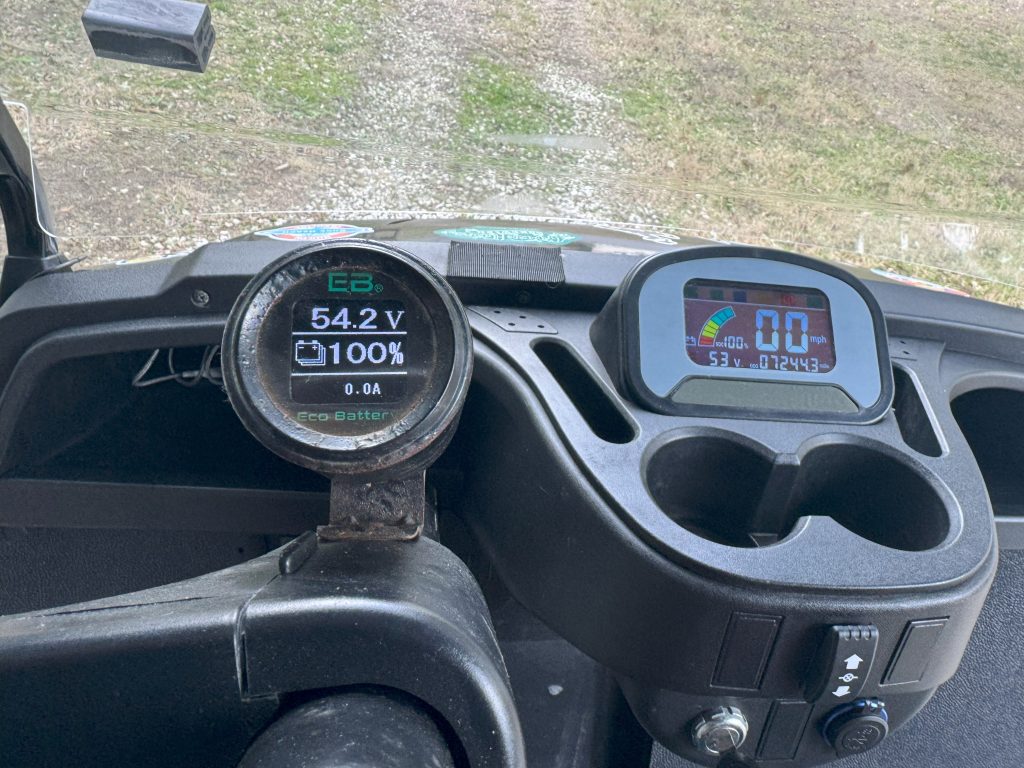
The lithium upgrade was an IMMEDIATE improvement over the lead acid batteries. We extended our useable range to nearly 30mi (@25mph) and have been able to run as low as 15% without any drop in voltage (no more limping home at 12mph). The batteries can get a full charge overnight and with very little self-discharge when the cart sits idle. I’ve also reprogrammed the controller to up the max RPM’s to 6900 and have had no issues with the BMS due to amperage draw.
Part 2 – Upgrade stock cluster
Icon recently announced lithium carts powered by EcoBattery lithium batteries. Given Advanced EV1 and Icon are both LV Tong based LSV’s, I was excited to learn the modified cluster (part # HXYB-FY4800CAN-ECO) EcoBattery has developed in conjunction with Icon can also work with Advanced EV1 carts.
The new cluster adds CAN L (low) and CAN H (high) signals that connect to the existing 5-pin digital battery cable. The kit includes a dongle with female molex pins that are inserted into the existing 20-pin wiring harness – brown is CAN H, blue is CAN L. The steps to install the new cluster are very straight-forward:
- Turn off batteries.
- Remove the console.
- Disconnect the wiring harnesses from the instrument cluster.
- Remove the original instrument cluster from the console.
- Insert the molex pins from the dongle into the correct spots on the 20-pin harness (brown to CAN H, blue to CAN L).
- Install the new instrument cluster into the console.
- Connect the 12-pin and 20-pin hardness to the new instrument cluster.
- Connect the 4-pin dongle to the 4-pin harness of the digital battery cable.
- Replace the console.
- Turn on batteries.
One thing to be aware of is that your odometer reading is stored in the cluster itself – so replacing it will reset your odometer and hours to 0.
